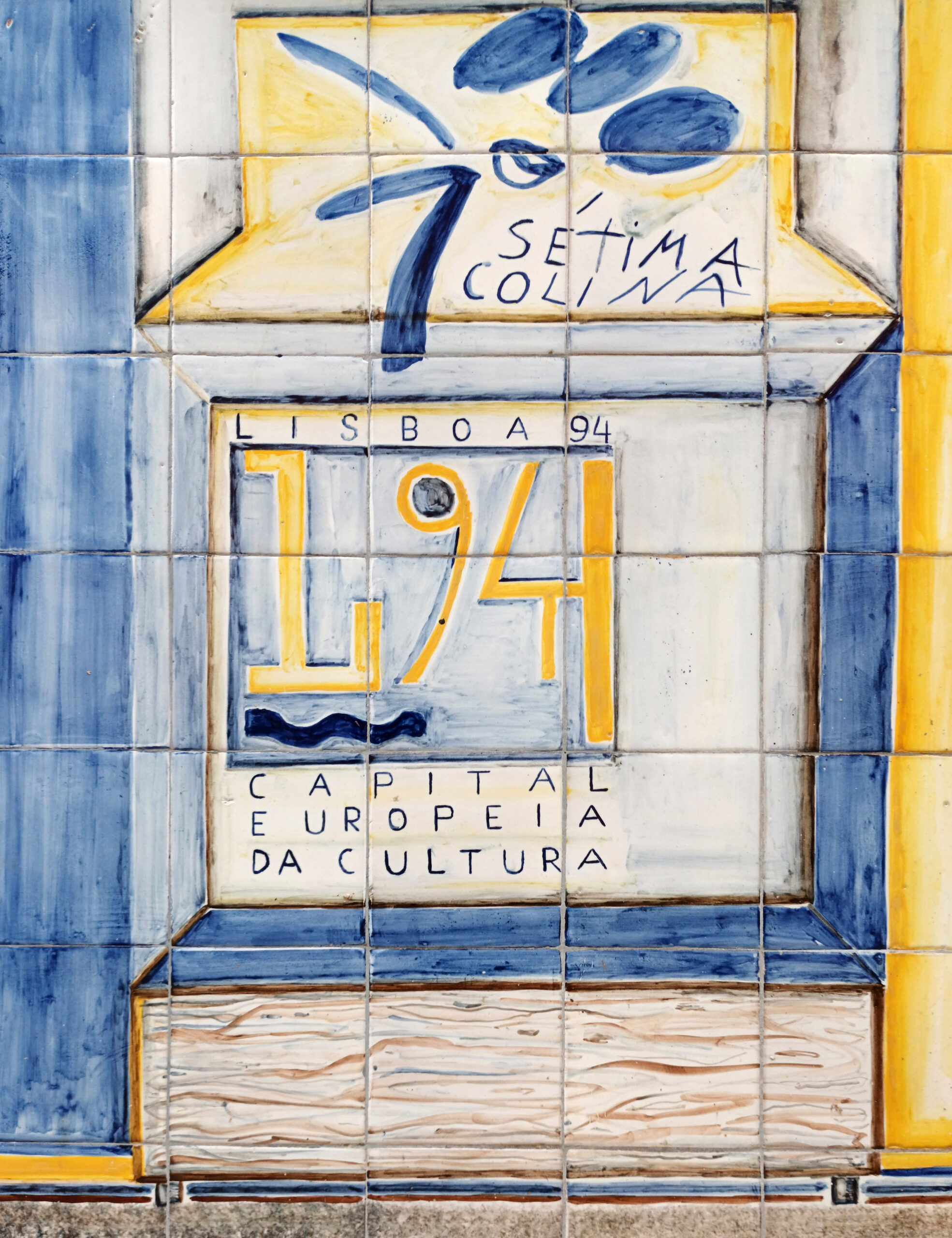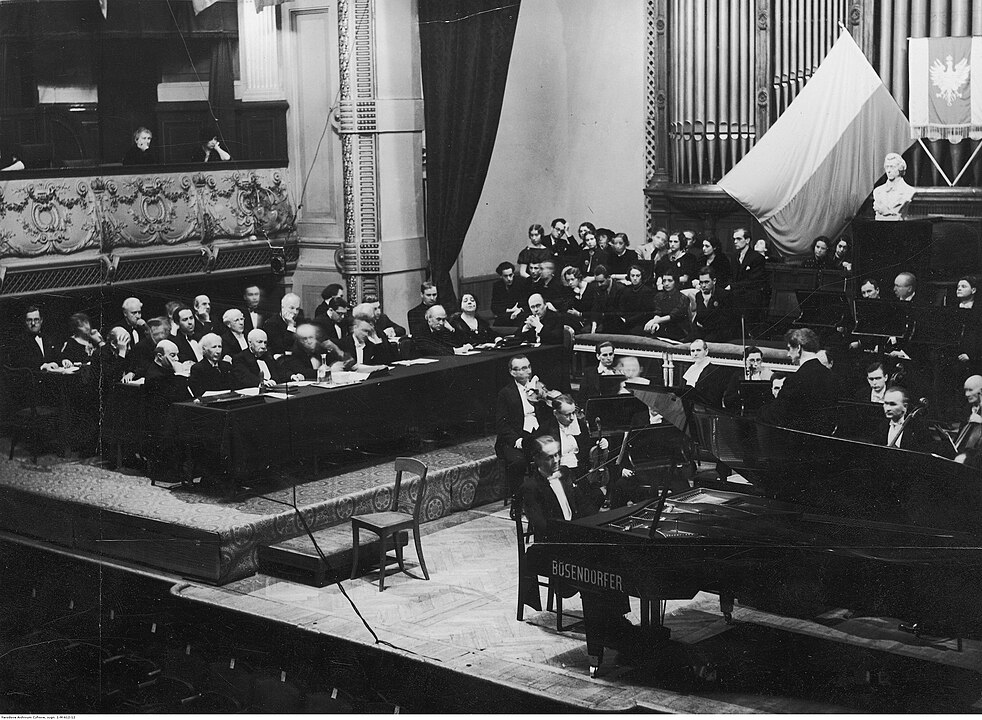Urban violence restricts one of the most fundamental human freedoms: mobility. In territories most impacted by violence, it is common for people to be afraid to walk around and avoid leaving their homes unnecessarily, especially at night, when cultural activities are typically undertaken. In our paper “How does urban violence impact choices of cultural participation? The case of the Maré favela complex in Rio de Janeiro”, we assess the impact of the fear of violence on individuals’ likelihood to consume music and movies in private spaces instead of going to movie theaters and attending concerts in public venues.
This question became particularly relevant in the past years, with the global increase in the possibilities of consuming culture in private spaces and the lockdown restrictions imposed by the COVID-19 pandemic, which accentuated the trend of shifting cultural consumption to private spaces. New technologies progressively offer digital forms of consumption as an alternative to traditional in-person modalities, a phenomenon that affects not only culture, but also other sectors. Watching movies and listening to music are activities particularly affected by digitization, especially since the emergence of online platforms such as Spotify, Netflix, YouTube, and others. At the same time, part of the socioeconomic benefits of cultural participation comes from the consumption of culture in public venues. Culture and creativity are widely acknowledged sources of urban regeneration, social cohesion, quality of life, and safety.
While differences in cultural participation have been a primary research focus in the field of cultural economics, most of the existing studies have focused on socioeconomic and demographic individual characteristics to explain these differences, including factors such as age, gender, education, income, occupation, race, and the household structure. The location where individuals live is usually only superficially considered, typically using aggregate measures indicating for instance if it is an urban or rural area. Our paper shifts the focus of the analysis from individual preferences to local specificities. Instead of looking at the way that individual characteristics influence cultural consumption, we assess the influence of violence on the decision between consuming culture in public and private spaces.
To assess the impact of violence on patterns of cultural participation, we used data from a survey[1] conducted in 2019 with a set of more than 1,200 individuals, residents from a conglomeration of sixteen favelas (slums) located in the Maré neighborhood in Rio de Janeiro (Brazil), a city where 1.3 million people live in favelas (around 22% of the population). Using Simultaneous Bivariate Ordered Probit Models, we analyzed the effect of the fear of being hit by a stray bullet (which is considered the most common fear in Rio de Janeiro) on the frequency of cultural consumption in public spaces. However, instead of considering only the frequency of cultural participation in public spaces, we relied on the difference between consumption in public and private spaces, which allowed our study to control for personal preferences. In other words, it certified that factors such as lack of motivation or interest were not affecting the analysis.
Furthermore, by adding socioeconomic, demographic, and other territorial variables to our econometric model, we were able to isolate the impact that fear has on cultural participation from the impact of socioeconomic variables and cultural supply. The importance of controlling for social, economic, demographic, and other territorial variables relies on the fact that the territories most affected by violence are generally also those with higher socioeconomic vulnerability, where individuals with low levels of education and income reside, and those with less supply of cultural equipment. Thus, we distinguished the impact of violence from the effect of cultural supply and socioeconomic variables, which are widely acknowledged as determinants of inequalities in cultural participation.
Our findings showed a significant and negative effect of fear on cultural participation in public spaces as compared to private spaces. The results of the econometric analysis also showed that fear is a stronger determinant of individuals’ behavior than the actual occurrence of violent situations. Indeed, other fields of research have shown that individual behavior is more affected by fear and the perception of violence than the actual occurrence of violent incidents.
Our study brings some policy implications. The effect of fear in preventing cultural outgoings represents an obstacle to the improvement of the quality of life in territorially disadvantaged areas, as well as a restriction to the overall development of the cultural sector in contexts affected by violence. This is an issue that might similarly affect a variety of other territories in Latin America and the rest of the world. Hence, it is key to incorporate territorial aspects when analyzing inequalities in cultural participation and formulating cultural policies to address them. This paper highlighted the intertwined nature of public policies. To be effective, cultural policies should account for territorial specificities and be developed in coordination with other public policies, such as security and Internet dissemination policies.
We encourage future studies to compare the results of our research to other marginalized regions, in developing and developed countries. It would be interesting to have, for instance, variations of our study in other countries and continents. Furthermore, prospective studies can examine the influence of other territorial aspects, such as the availability and quality of public transportation or how climate conditions affect cultural participation. As the Internet can be a particularly relevant tool in contexts in which violence restricts mobility, future research can also work on breaking down the determinants of digital cultural participation.
About this article:
Iachan, L., Moreau, F., Heritage, P. et al. How does urban violence impact choices of cultural participation? The case of the Maré favela complex in Rio de Janeiro. J Cult Econ (2022). https://doi.org/10.1007/s10824-022-09465-4
About the author
Luisa Iachan is a technical officer at the International Labour Organization (ILO) and has a Ph.D. in Economics from the Université Sorbonne Paris Nord.
[1] This survey was carried out in the context of the research project ‘Building the Barricades’, supported by the Economic and Social Research Council (ESRC) and the Arts and Humanities Research Council (AHRC) of the UK (ES/S000720/1 ESRC-AHRC GCRF Mental Health 2017).






